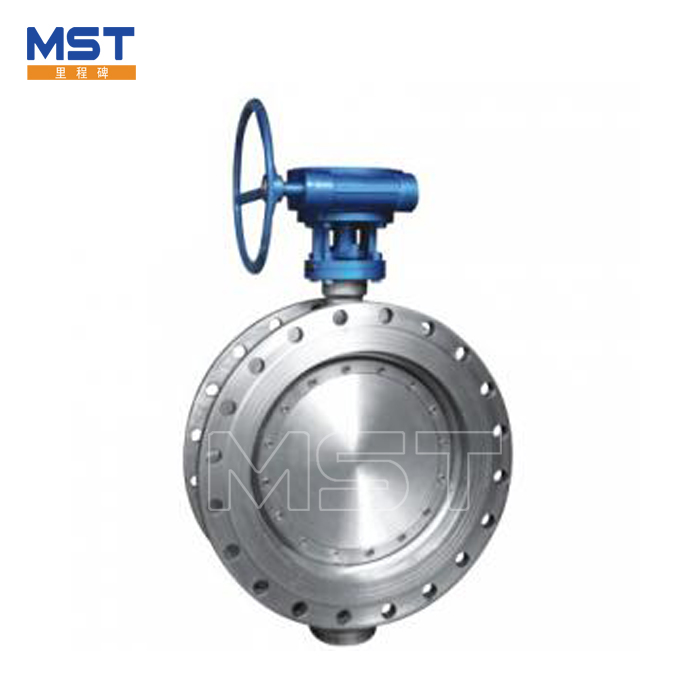 English
English Español
Español  Português
Português  русский
русский  Français
Français  日本語
日本語  Deutsch
Deutsch  tiếng Việt
tiếng Việt  Italiano
Italiano  Nederlands
Nederlands  ภาษาไทย
ภาษาไทย  Polski
Polski  한국어
한국어  Svenska
Svenska  magyar
magyar  Malay
Malay  বাংলা ভাষার
বাংলা ভাষার  Dansk
Dansk  Suomi
Suomi  हिन्दी
हिन्दी  Pilipino
Pilipino  Türkçe
Türkçe  Gaeilge
Gaeilge  العربية
العربية  Indonesia
Indonesia  Norsk
Norsk  تمل
تمل  český
český  ελληνικά
ελληνικά  український
український  Javanese
Javanese  فارسی
فارسی  தமிழ்
தமிழ்  తెలుగు
తెలుగు  नेपाली
नेपाली  Burmese
Burmese  български
български  ລາວ
ລາວ  Latine
Latine  Қазақша
Қазақша  Euskal
Euskal  Azərbaycan
Azərbaycan  Slovenský jazyk
Slovenský jazyk  Македонски
Македонски  Lietuvos
Lietuvos  Eesti Keel
Eesti Keel  Română
Română  Slovenski
Slovenski  मराठी
मराठी  Srpski језик
Srpski језик
Where are butterfly valves used?
2025-04-29
As a compact and easy-to-operate fluid control device, butterfly valves are widely used in industrial and civil fields due to their unique disc-shaped valve plate rotation opening and closing principle. The valve body drives the valve plate through the valve stem to achieve 90-degree rotation in the pipeline, thereby quickly adjusting or cutting off the flow of the medium. This design gives butterfly valves a significant advantage in pipeline systems with limited space.
In municipal engineering, butterfly valves are widely used in tap water distribution systems and sewage treatment facilities. They can accurately control the water flow rate and pipe network pressure. Their sealing performance and corrosion resistance are excellent in water environments. In the petrochemical field, butterfly valves are often configured at the inlet and outlet of storage tanks and the intersection of pipelines. They are especially suitable for conveying crude oil, liquefied gas and other media. Under special working conditions, metal hard sealing structures can be used to withstand high temperature and high pressure environments.
In HVAC systems, butterfly valves have become the first choice for air volume regulation and chilled water circulation control due to their lightweight characteristics. They are installed in key parts such as fan coils and cooling towers. The food and pharmaceutical industries use food-grade stainless steel or plastic-lined butterfly valves to meet the requirements of cleanliness and hygiene while achieving aseptic control of material fluids. In addition, butterfly valves also play an important role in ship ballast water systems, emergency cutoff of fire protection pipe networks, and cooling water circulation in power plants.
With the advancement of material science and manufacturing processes, high-performance butterfly valves can adapt to extreme temperature ranges from -196°C to 600°C, and have safety features such as fire and explosion prevention, which has enabled their application in cutting-edge fields such as nuclear power and aerospace to continue to deepen.





